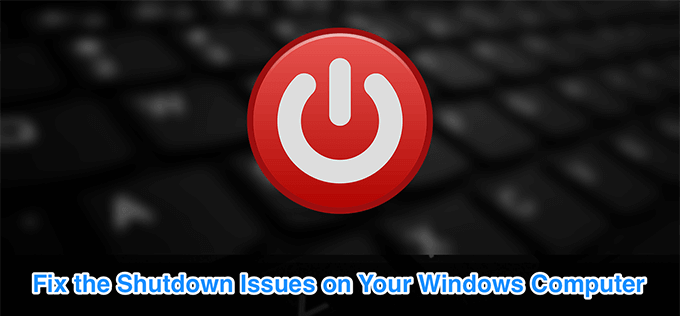

If the temperature continues to rise, the system may perform an emergency shutdown to try and prevent the components from being damaged by the heat. If your laptop is getting hotter than is safe, the CPU will throttle itself in an effort to try and cool down. It’s easiest to tell if you’ve updated recently, or installed new software – if the problems started immediately after an update, that’s a fairly good indication of the culprit and you should try rolling back to the previous stable release.Ĭonversely, if you haven’t updated anything in a while it’s a good idea to do so – it might just solve your problem, and if there’s no change you can at least rule the drivers out. Driver issuesĬorrupted or damaged drivers are one common cause behind shutdown problems. Making sure your BIOS is up to date on Windows machines is also worthwhile, as that can have some effect on the power management.

For Macbooks, you can try resetting the SMC.

There are a couple of other things you can try to iron out battery issues. Leave it for around 5 hours before charging it again. Unplug the laptop and run it until it sleeps or hibernates. Set up your power management so that your laptop will only sleep or hibernate after reaching 5% power. You can still use the laptop, just avoid doing anything intensive that will stress the system. Wait for two hours – this is to allow the battery to cool from the charging process. The basic process is the same for most models of laptop: If you think your problem is in the battery, before you resort to replacing it you should try recalibration. As the battery wears, the software tracking how much charge you have left will slowly get less accurate. After this, the laptop running alright for a while before suffering performance issues and shutting down again, your charger might not be providing enough power – if you can, try it with another charger.īatteries wear out over time – particularly on older models. If it won’t run at all or performance is very poor, reinsert the battery and leave it for a while before trying again. If the laptop runs fine without shutting down, your problem is probably to do with the battery. If everything is in good condition, try taking the battery out of the laptop (assuming your model has a removable battery), before plugging it in and firing it up. It may seem obvious, but check over your charger for any signs of damage. The first thing you should check is the power situation. In this article I’ll cover some possible diagnoses and suggest some solutions. Aside from concerns about losing data – open documents or perhaps game saves – there’s the looming possibility of a physical problem with your machine.

Your laptop suddenly shutting down is an alarming experience.


 0 kommentar(er)
0 kommentar(er)
